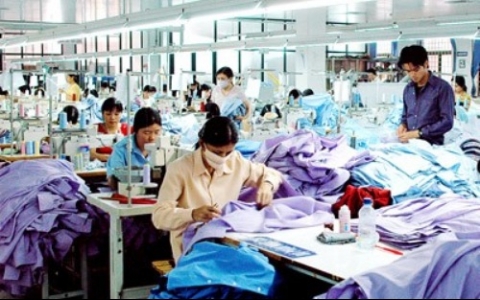ANZ has recently released its Greater Mekong Outlook report, analyzing the importance of the textile industry for countries in the region.

“The textile and apparel industry cannot be characterized as a low value-added industry because it possesses labor-intensive as well as high-value added segments,” it noted.
The report confirmed that China remains the leading producer in all product categories but there are still pockets of opportunity for other countries to benefit from further globalization.
Other countries have also benefited from production relocation away from China by investors, including Vietnam.
From 2000 to 2014 Vietnam’s compound annual growth rate (CAGR) was the highest, at 18.3 per cent.
It now has a global market share of 3.8 per cent, putting it sixth in 2014 from 21st in 2000.
In footwear Vietnam is the fifth-largest producer, providing 7.8 per cent of exports to the EU.
The ratification of the EU-Vietnam FTA will further benefit the country’s apparel industry but its strict rules of origin require Vietnam vertically integrate its textile and apparel industry to maximize the potential gains.
As at 2014 the EU received 20.9 per cent of Vietnam’s total apparel and footwear exports.
As China’s overall wage competitiveness diminishes, Vietnam can whittle away its market share in the apparel segment.
ASEAN accounted for 16.6 per cent of imports to the US, with Vietnam leading the way in the apparel, leather, and footwear product categories.
The US is Vietnam’s largest export market for apparel and footwear, constituting 36 per cent of its total.
VN Economic Times